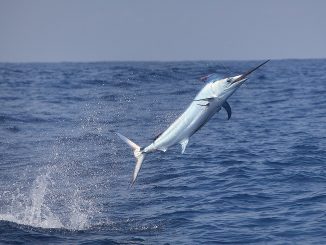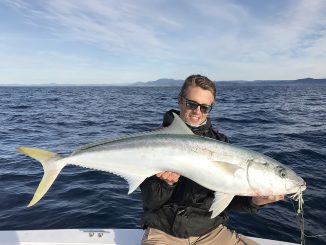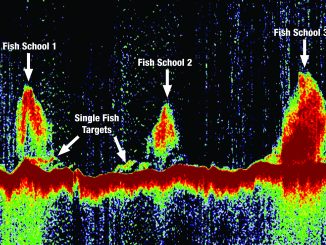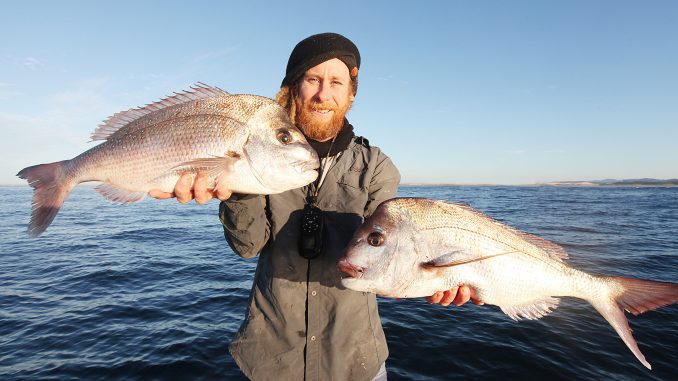
by Paul Lennon •
When it comes to catching snapper in the shallows, one of the most deadly techniques known to anglers is the old unweighted bait down a berley trail trick.
Often referred to as floating baits or stray lining, this way of fishing is about as simple as it gets, to the point where many anglers, especially beginners, fall into the trap of thinking it’s not complicated or fancy enough to be effective!
Before we get into the nitty gritty, it’s important to have good base knowledge of the areas this type of fishing works best at. As a general rule, reefy, hard-bottomed areas from 5-30m would be the first thing I would be looking for.
Theses reefs can be the size of a house, or in some cases cover several square kilometres. Smaller isolated reefs are always high potential areas and a good place to start looking, as they take much of the guesswork out of the equation.
Baitfish love to congregate around these areas and snapper generally aren’t too far away.
On larger reef systems it takes a bit more experience to find where is going to fish best.
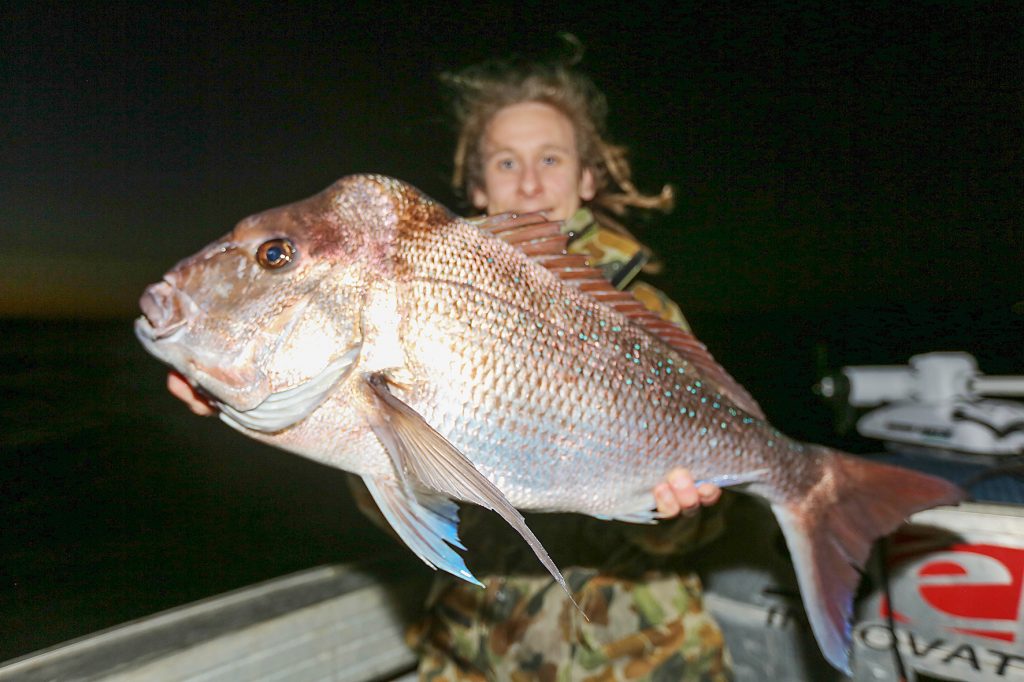
Before you fish these places, have a sound around and look for features on the larger reef that will attract and concentrate baitfish. Things like bommies, gutters or drop offs are prime examples of what to look for before picking the best of these, and your judgement should be based on the amount of baitfish holding there.
Once you’ve found a spot, the next most important thing is to fish it during the prime time.
About 90% of snapper caught in the shallows will come from the first two hours of the morning and the last two hours of the afternoon, as this is when snapper will move in and hunt in the shallows.
Outside of this window you’re better off chasing snapper on the deeper reefs using paternoster or ledger style rigs such as the deadly Black Magic Snapper Snatchers and Snapper Snacks. This is something I will go into in an upcoming Masterclass, but for now, back to the shallow water stuff.
Once you know where you are going to fish and when you are going be there, it’s time to think about your equipment.
You’ll be casting unweighted baits, but you’ll still require distance, so it’s important to have the right set up for the job. Too heavy and you won’t be able to cast, but too light and you will be blown away by the majority of the bigger fish you hook.
It’s important to find an outfit that falls right in the middle of too light or too heavy category. I’ve found this to be a rod around 7ft rated at 8-12kg, matched with a 4000-size reel. On this I spool up with 20lb Black Magic Rainbow Braid, which has tremendous knot strength and casts like a dream. I like to run a 2m length of 20-30lb Black Magic Fluorocarbon leader for a trace.
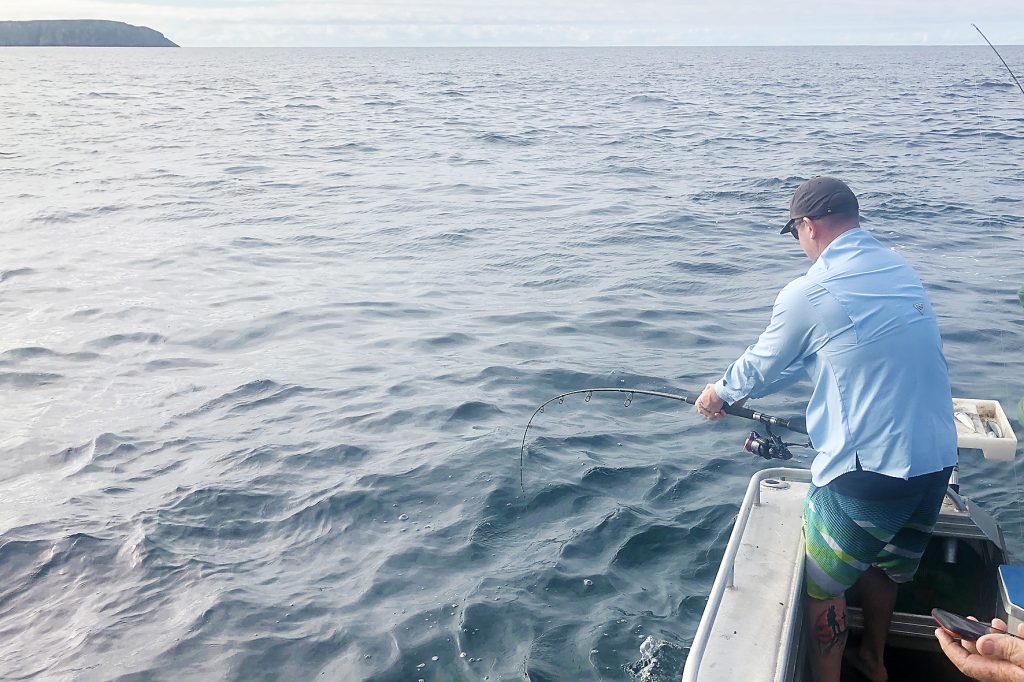
Then it’s just a matter of tying on your hook on and you’re ready to catch some reds!
On some occasions when the current is running, you may need to add a smaller pea sized sinker to your rig, but only do it if you need to.
I always use Black Magic C-Points for snapper fishing in 5/0-8/0 depending on bait sizes. These hooks are super strong and sharp and have never let me down.
For small to medium sized-squid I prefer to rig whole on a snell rig with two 6/0s while larger squid with 20cm plus hoods are best too cut into heads and strips to suit a single hook.
The same goes for other top snapper baits like pilchards, garfish, fillets of slimy mackerel and bonito.
Now that you know when where and what to do, there’s still a couple of things you can do to improve your success. Berley is a big one of these that no doubt will catch you more snapper. Before each trip, I like to mash up a few blocks of pilchards into a 20L bucket along with a packet or two of chicken pellets and a few capfuls of tuna oil.
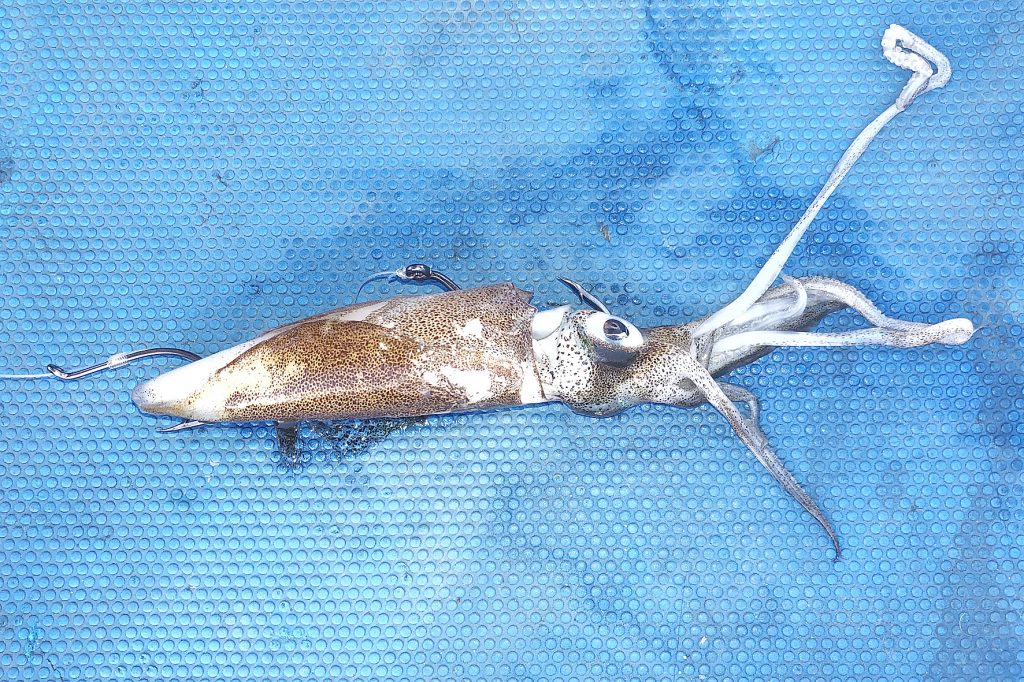
When you first arrive at the spot you are going to fish, the first thing you should do is throw in a dozen or so handfuls into the water to get things going. After this, one or two is all that’s required every ten minutes or so.
If there’s any snapper around, it won’t take long and they will start stiffing out the berley. Sometimes they can be so revved up by it that your bait has barley had time to sink and your reel is screaming.
I usually fish two rods if I’m by myself. One I cast out as far as I can and place in gear in the rod holder and the other I hold onto, ready to strike.
That’s all there is to it, so why not get out and give it a crack?

